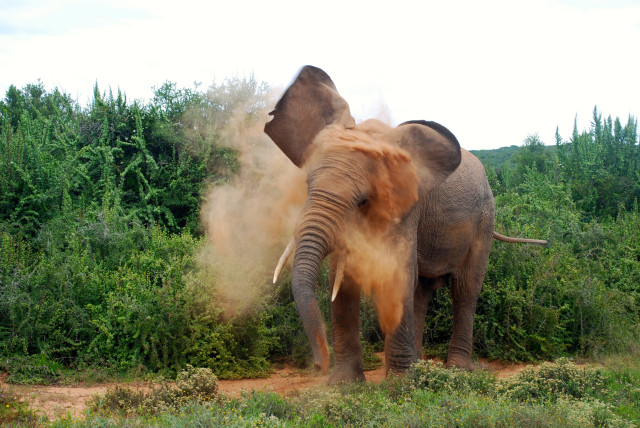Saving and Caring For Native Wildlife
When you come across an injured animal and Saving and Caring For Native Wildlife, the first thing you should do is call a wildlife rehabilitation center.
There are many of these centers around the country that are staffed with trained professionals who can help the animal.
If there is not a rehabilitation center near you, you can try to find a wildlife biologist or veterinarian who can help.
Once you have found someone who can help, they will be able to give you further instructions on what to do.
Caring for an injured animal can be time-consuming and costly.
You will need to provide food, water, and shelter for the animal as well as any necessary medical care.
It is important to remember that wild animals are not used to being around people and maybe scared or aggressive.
You should always use caution when handling an injured animal and make sure to wash your hands afterward.
If you are not able to care for the animal yourself, there are many organizations that will take in injured wildlife.
The Humane Society, The Wildlife Center of Virginia, and The National Wildlife Federation are just a few of the many options available.
You can also check with your local animal shelter to see if they have any resources for wildlife.
It is always best to leave wild animals in the wild, but sometimes they need our help.
By being informed and taking the proper precautions, we can make a difference in the lives of these animals.
Threatened and endangered species
There are many threatened and endangered species in the United States. These animals are at risk of becoming extinct due to habitat loss, poaching, and other factors.
Some of the most well-known threatened and endangered species include the bald eagle, the gray wolf, and the American lion.
There are several things that can be done to help protect these animals.
One of the most important things is to educate others about why it is important to conserve these species.
Another way to help is by donating to or volunteering for organizations that are working to protect these animals.
You can also support businesses that are committed to sustainable and ethical practices.
By taking action, we can help to protect threatened and endangered species and ensure that they have a future in the United States.
Wildlife Conservation
wildlife conservation is the practice of protecting animal species and their habitats. It is achieved partially through legislation such as the Endangered Species Act, the establishment and protection of public lands, and responsible public practices that conserve wild animal populations.

Wildlife conservation efforts often focus on specific species that are at risk of extinction, such as the bald eagle or the American lion.
However, it is also important to protect habitat so that all wildlife can thrive.
Habitat loss is one of the biggest threats to wildlife and it is important to take action to prevent it.
You can help with habitat conservation by supporting businesses that are committed to sustainable practices, donating to organizations working to protect public lands, and being mindful of your own impact on the environment.
By taking action, we can make a difference for wildlife and ensure that future generations can enjoy the benefits of a healthy and diverse natural world.
Plant and Animal Species
There are many plant and animal species in the United States that are at risk of becoming extinct. These animals are important for the health of our ecosystems and it is important to do what we can to protect them.
One way to help protect these species is by learning about them and their habitats. You can also support businesses that are committed to sustainable practices. Another way to help is by donating to or volunteering for organizations that are working to protect these animals.
You can also support businesses that are committed to sustainable and ethical practices.
By taking action, we can help to protect plant and animal species and ensure that they have a future in the United States.
Biodiversity Conservation
Biodiversity conservation is the practice of protecting plant and animal species and their habitats. It is achieved partially through legislation such as the Endangered Species Act, the establishment and protection of public lands, and responsible public practices that conserve wild animal populations.
Biodiversity conservation efforts often focus on specific species that are at risk of extinction, such as the bald eagle or the American lion.
However, it is also important to protect habitat so that all wildlife can thrive.
Habitat loss is one of the biggest threats to biodiversity and it is important to take action to prevent it.
Migratory Wildlife
Migratory wildlife is at risk of becoming extinct due to a variety of factors, including habitat loss, poaching, and climate change.
Some of the most well-known migratory species include the bald eagle, the gray wolf, and the American lion.
Migratory wildlife benefit from corridors because they can move safely over long distances without having to come into contact with human developments or cars. Species are more likely to survive disturbances by having more undisturbed areas.
